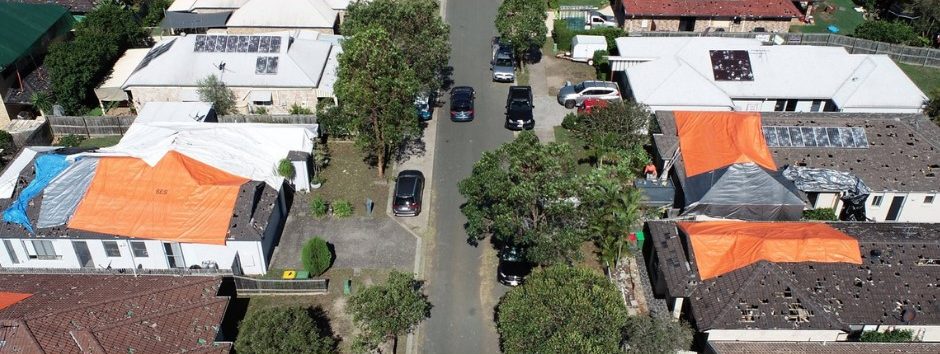The Bureau of Meteorology is warning Australians to prepare for the country’s peak severe weather season, which runs from October to April.

Communities in Greater Springfield and surrounding areas are being reminded of the risks, with severe thunderstorms, heatwaves, and flooding expected to intensify during this period.
Greater Springfield is no stranger to extreme weather.
On Halloween in 2020, a devastating hailstorm swept through the region, causing widespread damage.
Hailstones the size of tennis balls shattered windows, damaged roofs, and left cars and homes needing extensive repairs.
The aftermath serves as a reminder of how quickly severe weather can disrupt lives and damage property.
Bureau’s National Community Information Manager Andrea Peace emphasised the importance of preparation.
“The impact of severe weather can be reduced by getting ready before it happens,” Ms. Peace said.
“Last year, we saw eight tropical cyclones across northern Australian waters, with four making landfall and causing damaging winds and heavy rainfall that led to flooding.”
Severe thunderstorms, like those seen in Springfield’s 2020 hailstorm, are common during the warmer months, bringing risks of damaging winds, flash flooding, and large hail.
The Bureau warns that Queensland’s southeast remains at high risk during this season.
Flooding and extreme heatwaves are additional threats that can develop rapidly.
“Australia has an increased risk of severe and extreme heatwaves over the warmer months,” Ms. Peace said.
The Bureau issues heatwave warnings up to four days in advance, while fire authorities are already monitoring conditions for increased fire risks.
Springfield and Ipswich residents are urged to prepare now by securing homes and reviewing emergency plans.
